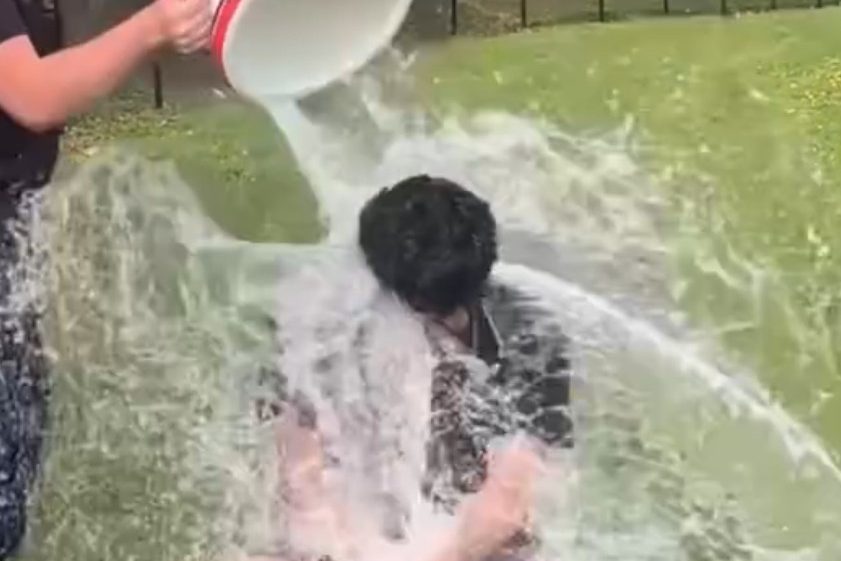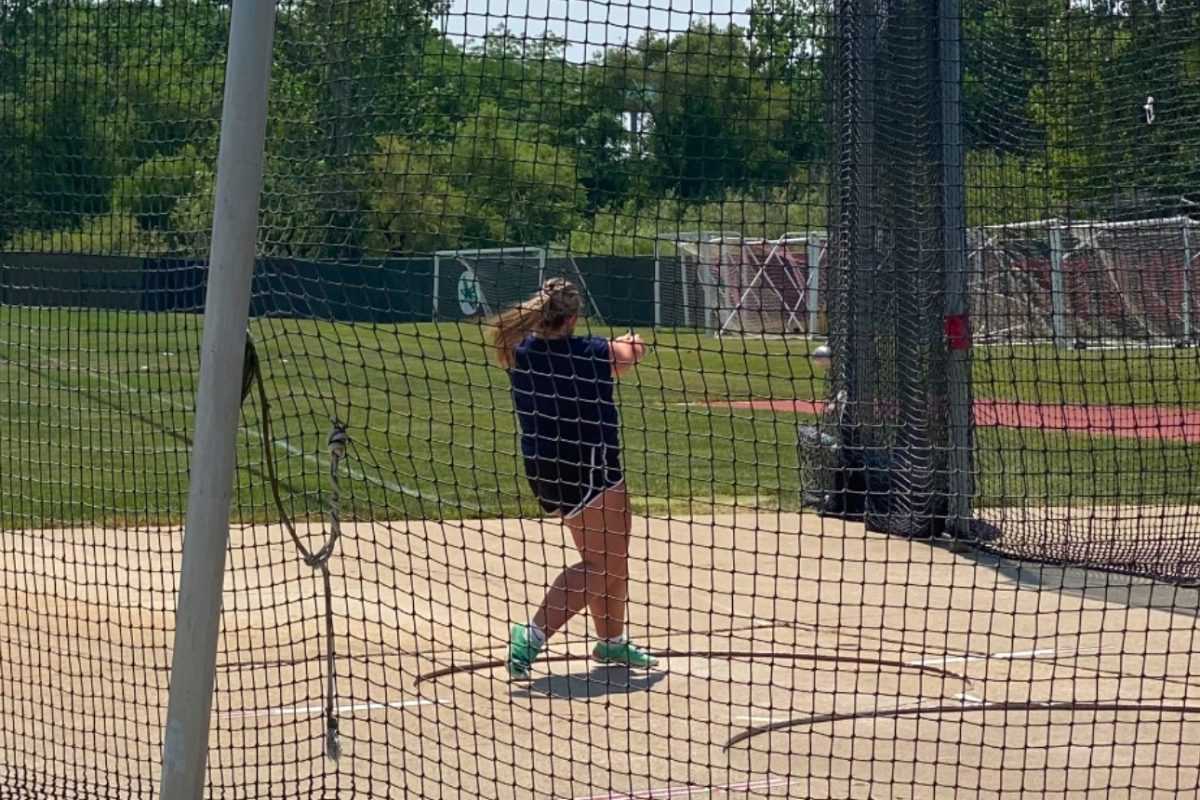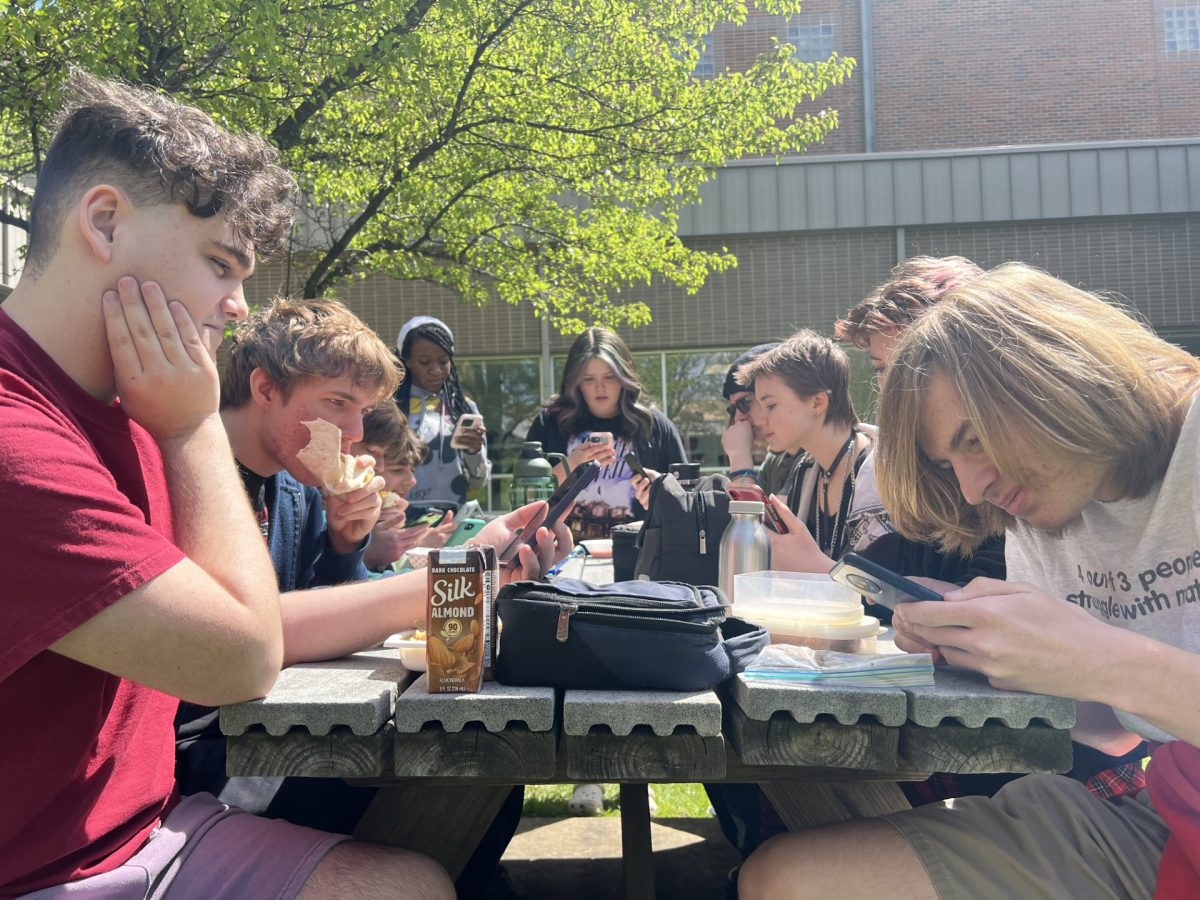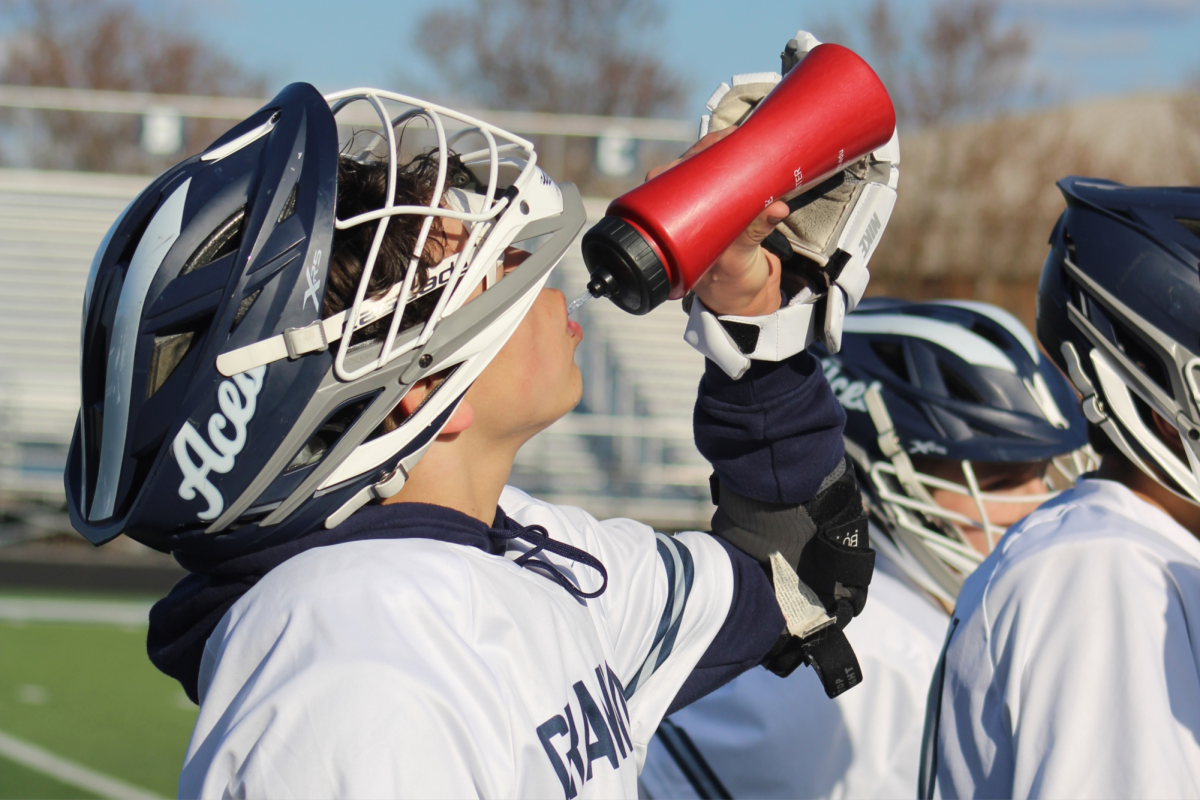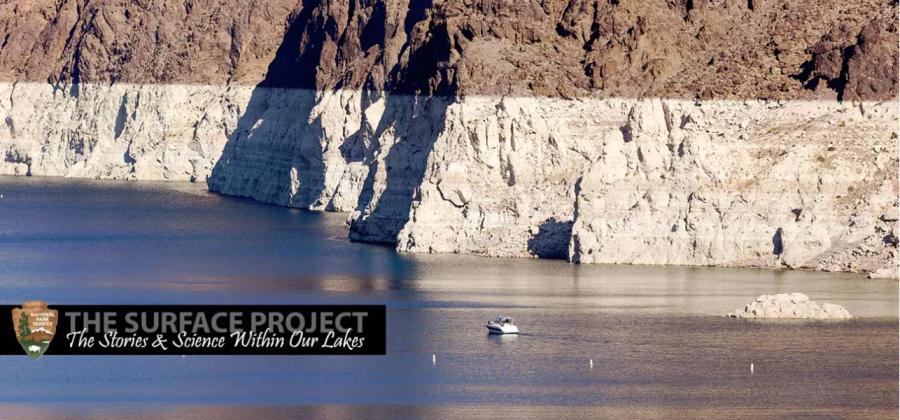A current crisis
The Colorado River Basin Drought
A major resource in the United States may not be able to recover from damage experienced as a result of global warming and over-consumption. In the west, “the Colorado River provides water to almost 40 million people in two countries, seven states, 29 federally recognized Indian tribes, and 4 million acres of farmland” (“Colorado”). States that rely on the river for their water supply include Arizona, California, Colorado, Nevada, New Mexico, Utah, and Wyoming. These states are being affected in terms of “hydropower, recreation, and ecological goods and services” which greatly impacts our nation’s economy. Across the 7 states that rely on it, 16 million jobs and 1/12 of the national gross domestic product is being threatened by this ongoing 23-year drought (“Colorado,” and “Interior”). The main reason for this unprecedented issue is global warming.
The river depends on runoff from snowmelt in surrounding areas, but rising temperatures has “accelerated evaporation from reservoirs,” and therefore caused the river to “run dry earlier in the season” (“In Crisis”). To restore the river back to healthy conditions, many years of good precipitation would need to occur, which at this point is nearly impossible. The Colorado River is not the only body of water affected by this struggle. Lake Powell and Lake Meade are downstream of the Colorado River, and are created by the flow provided from its path through the Grand Canyon and Hoover Dam. Without this excess water, these lakes would not be able to survive, nor would the animals and ecosystems depending on them. This could have a domino effect on the nation’s food supply.
Low water levels threatens the aquatic organisms, which includes those who are prey for land animals. The natural food source for the animals that we typically eat is being depleted, so our food supply is threatened as a result. It also directly supports “Western agriculture, which includes a lot of vegetable production for the entire country” (“Water Shortage”). Despite these major effects, the main plan to restore water levels in the Colorado River Basin right now is to nationally use less water (“In Crisis”). However, a lot more can be done in our everyday lives to contribute to these restoration efforts.
By eating plants (which are lower on the food chain) more and trying to avoid consuming meat products, we can allow the natural ecosystems in and around the Colorado River to successfully return to a sustainable and profitable state. We can also speak out against companies with regularly large green house gas emissions such as Vistra Energy, Duke Energy, and Berkshire Hathaway, to name a few (“Greenhouse”). To reduce the pollution from our daily lives, students can minimize their food waste, grow their own food, use eco-friendly or recycled products, reduce their overall use of electricity, and carpool with friends and family.
It is no secret that both people and animals need water to survive, and the Colorado River “is an irreplaceable source of water” (“Water Shortage”). The chronic drought that plagues our country is disrupting the way our natural world works, and we cannot sit idly by watching the Earth disintegrate under our feet. We can all do something to help even a little bit, so why not?
Works Cited
“Colorado Region Conditions.” Drought.gov, https://www.drought.gov/watersheds/colorado.
“Greenhouse 100 Polluters Index (2022 Report, Based on 2020 Data).” Political Research Economy Institute, https://peri.umass.edu/greenhouse-100-polluters-index-current.
“Interior Department Announces Actions to Protect Colorado River System, Sets 2023 Operating Conditions for Lake Powell and Lake Mead.” U.S. Department of the Interior, 16 August 2022, https://www.doi.gov/pressreleases/interior-department-announces-actions-protect-colorado-river-system-sets-2023#:~:text=2023%20Operations%20of%20Lake%20Powell,due%20to%20declining%20reservoir%20levels.
“The Colorado River Water Shortage is Forcing Tough Choices in 7 States.” NPR, 29 September 2022, https://www.npr.org/2022/09/29/1125905928/the-colorado-river-water-shortage-is-forcing-tough-choices-in-7-states.
“The Colorado River in Crisis.” The Nature Conservancy, 28 August 2022, https://www.nature.org/en-us/about-us/where-we-work/priority-landscapes/colorado-river/colorado-river-in-crisis/.
Kayce Dixon, EnviroBoard
Your donation will support the student journalists of Granville High School. Your contribution will allow us to pay for our annual website hosting costs.






